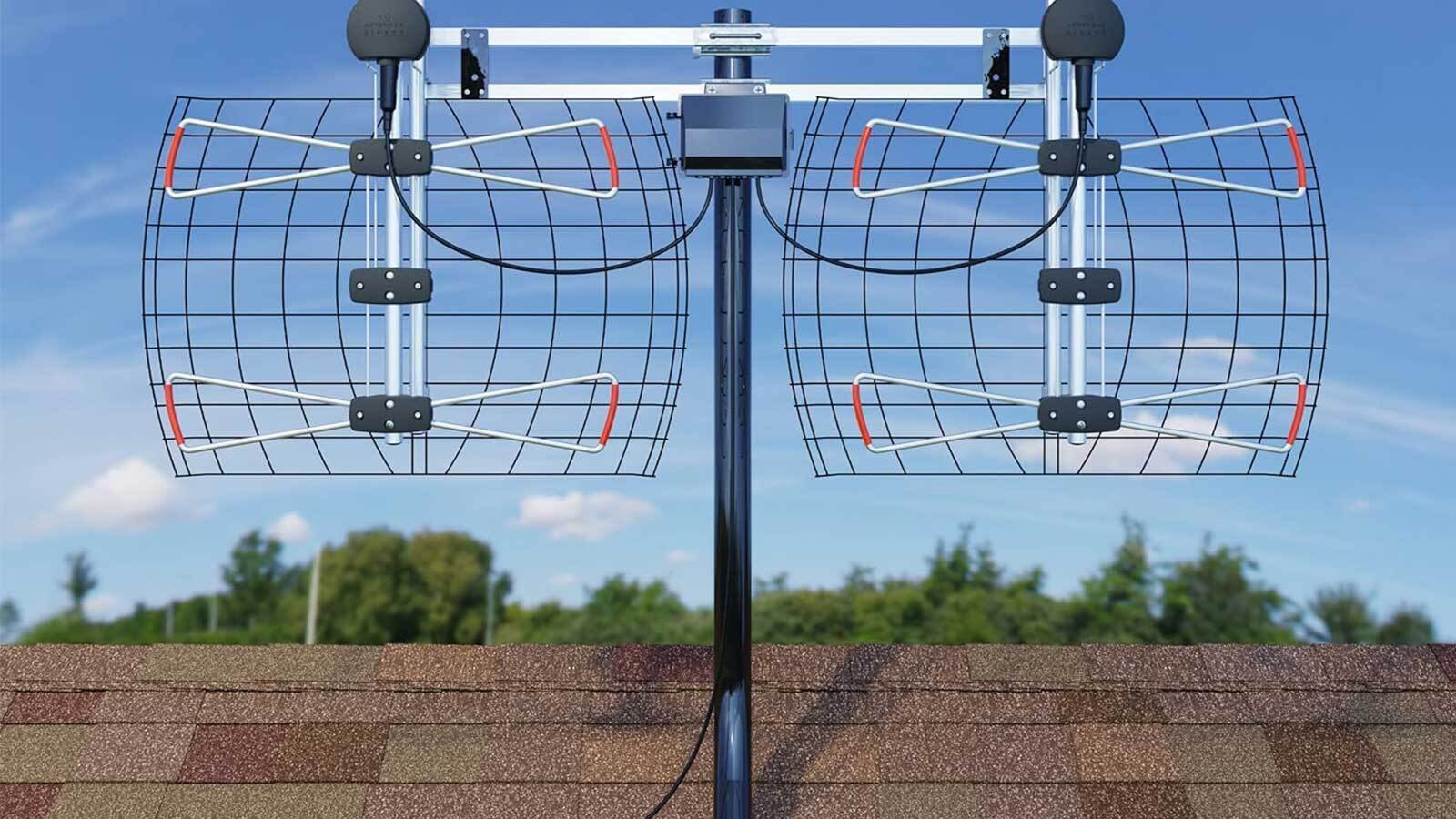The television antenna, also known as “Rabbit ears,” was once the primary way to access national broadcasting channels. While modern televisions no longer come with built-in antennas, aftermarket options are available for both indoor and outdoor use. Indoor antennas are ideal for city dwellers within 50 miles of television signal towers, while outdoor antennas offer better performance for those in rural areas or far exurbs. Both types of antennas allow viewers to access national networks and local programming for free.
What Kind of Antenna Do I Need?
When choosing an antenna, consider your distance from signal origins and the installation space. Indoor antennas work best for city dwellers, while outdoor antennas are recommended for rural areas. Installation of outdoor antennas may require more assembly and setup compared to indoor antennas.
What Can I Watch With an Antenna?
Five national broadcast television companies—ABC, CBS, CW, FOX, and NBC—offer primetime and other programming. Local stations provide additional content such as news, sports, and syndicated shows. PBS, a public broadcaster, offers educational programming. Independent stations may have unique local shows or paid programming.
Ok, So How Do I Install My Antenna?
Installation of antennas, especially outdoor ones, may require significant assembly. Steps include choosing the installation spot, connecting the antenna, mounting it, powering it, and scanning for channels. Indoor antennas are simpler to install and typically for single TV use.
Troubleshooting a TV Antenna
If your antenna is not performing well, check the location, amplifier, weather conditions, TV settings, and antenna adjustments. Addressing these factors can improve signal quality.
Finally, Free TV
Enjoy free TV programming and make sure to keep the volume low to avoid disturbing others.
